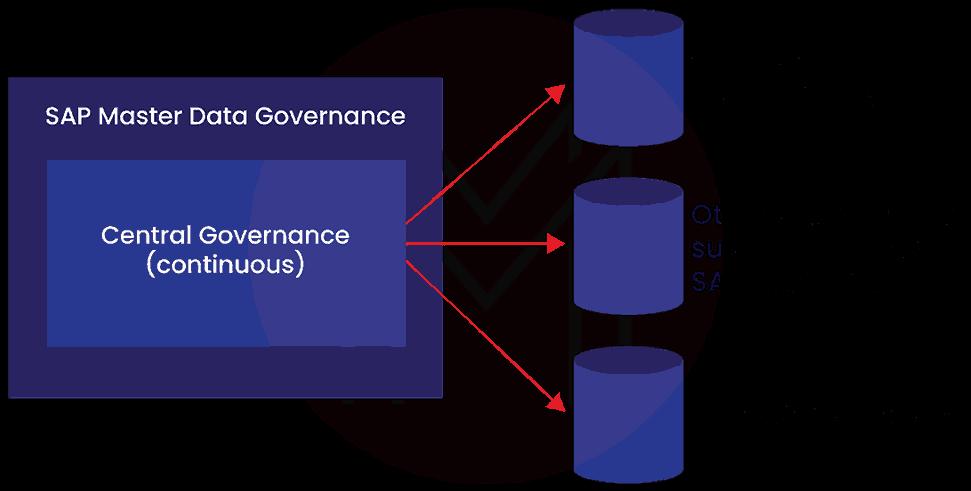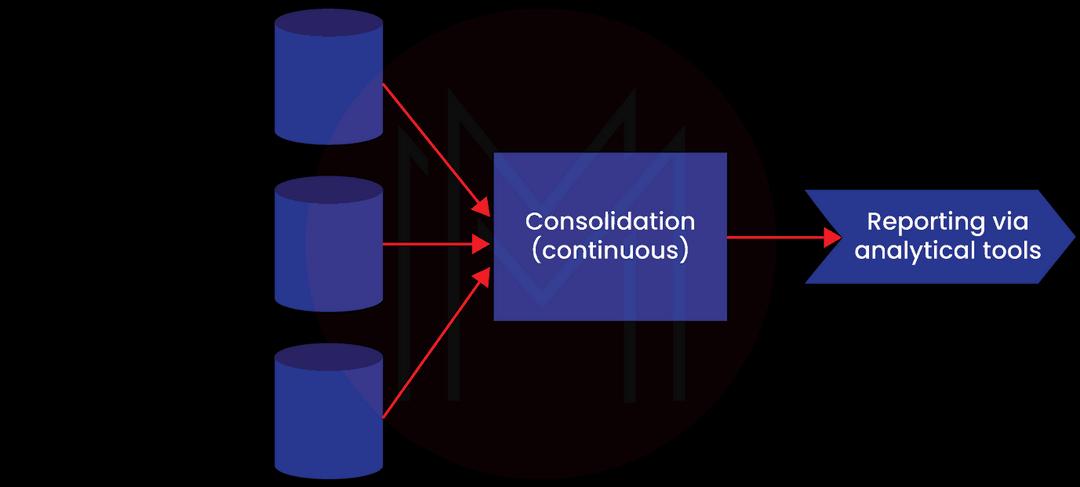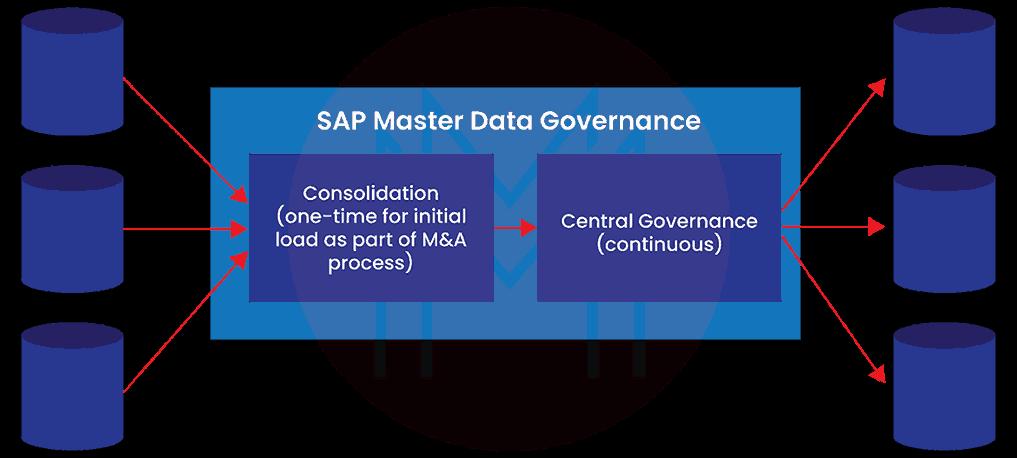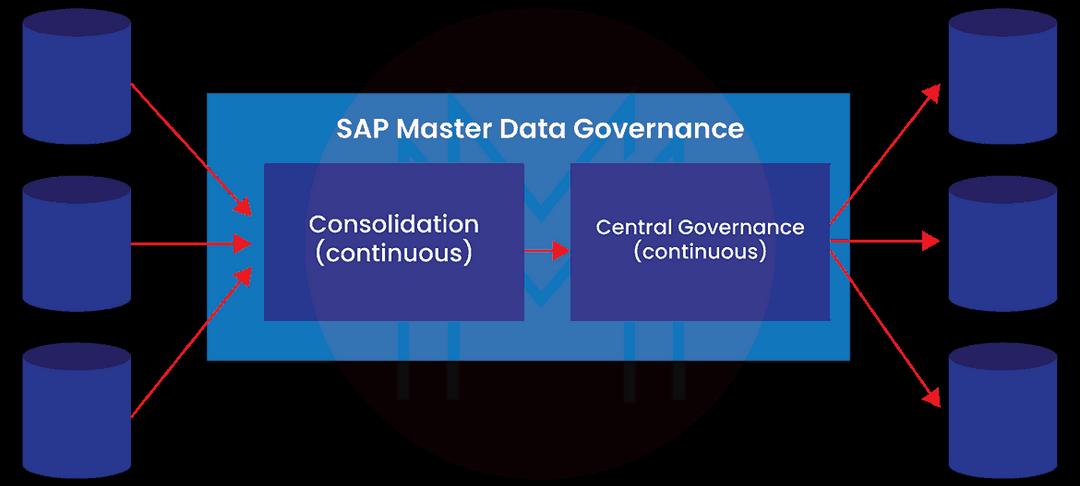- SAP Interview Questions
- SAP MDG Interview Questions
- SAP PS Interview Questions
- SAP C4C Interview Questions
- SAP ISU Interview Questions
- SAP Analytics Cloud Interview Questions
- SAP CO Interview Questions
- SAP CPI Interview Questions
- SAP VIM Interview Questions
- SAP SCM Interview Questions
- SAP IBP Interview Questions
- SAP RAR Interview Questions
- SAP TM Interview Questions
- SAP CPI Architecture
- What is SAP Transportation Management ?
- What is SAP SCM?
- What is SAP PO - SAP Process Orchestration Architecture
- SAP PO Interview Questions
- What is SAP EDI?
- What is SAP Vistex?
- What is SAP Cloud Platform?
- What is SAP MRP - SAP MRP Tutorial
- What is SAP BTP?
- What is SAP Fieldglass?
- What is SAP C4C?
- What is SAP ISU
- What is SAP Solution Manager?
- SAP Analytics Cloud Tutorial
- SAP HCM Interview Questions
- What is SAP APO?
- SAP CPI Tutorial - A Beginner’s Guide
- What is SAP CAR?
- What is SAP PS - SAP PS Tutorial
- What is SAP IBP?
- What is SAP CPQ
- What Is Sap Netweaver
- What Is SAP BRIM
- What is SAP Master Data Governance (MDG)?
- What is SAP VIM?
- SAP MDG Architecture
- SAP HCM Tutorial
- SAP MDG Tutorial
- SAP TRM Interview Questions
According to recent surveys, half of Chief Financial Officers (CFOs) seek access to accurate and reliable data to enhance their decision-making abilities. Unfortunately, the data quality in most companies is only rated at less than 30%, leading to errors and gaps in data usage for nearly 70% of management-level data users. A significant data quality gap must be addressed across all company departments. Having reliable master data is now considered a competitive advantage. This is where master data governance comes in. It helps to meet the above-mentioned requirements. MDG is one of the best solutions for managing master data across enterprises.
Know that master data is one of the essentials to run business operations.it simplifies transactions and manages unstructured data. It also supports managing associated metadata. The identification of master data differs based on industry type. It also includes reference data that changes rarely.
SAP MDG comes with many reusable templates and frameworks. They help to extend standard functionalities and manage custom master data objects. As a result, companies can improve their data quality and make accurate decisions.
This article covers SAP MDG, its overview, workflow, and other relevant details.
Table of Contents
- What is SAP MDG?
- Benefits of SAP MDG
- Central Governance
- Consolidation for Analytics Purpose Only
- Consolidation for Initial Load Before Central Governance
- Consolidation for Mergers or Acquisitions
- Continuous Hybrid Approach
- SAP MDG and SAP MDM Differences
- FAQs
What is SAP MDG?
SAP MDG is a robust tool that offers out-of-the-box and master data management capabilities. It helps to create, distribute, and manipulate data throughout the enterprise systems.
SAP MDG ensures data integrity across SAP R/3 as well as non-SAP systems. It provides an integrated solution that optimizes business processes, enhances productivity, reduces costs, and saves time.
With SAP MDG, companies can:
- keep up one source of truth for all business data
- simplify master data management
- improve visibility throughout the MDG lifecycle
| If you want to enrich your career and become a professional in SAP MDG, then enroll in "SAP MDG Online Training". This course will help you to achieve excellence in this domain. |
Benefits of SAP MDG Solution
Here are the key benefits of SAP's Master Data Governance (MDG) solution
- SAP MDG performs effective master data management. It helps to improve data quality, consistency, and accuracy. Many industries use SAP MDG to increase customer experience, reduce costs, enhance productivity, and speed up new product launches.
- Flexibility is one of the key benefits of SAP MDG. SAP MDG allows customization. It is a centralized platform that helps manage master data across various domains such as HRM, ERP, CRM, and supply chain.
- SAP MDG supports managing both structured and unstructured data. So you can manage customer and product data, emails, and so on.
 Central Governance
Central Governance
You can create and maintain master data with SAP MDG. You can streamline master data using a central system that adheres to data rules and standards. With this approach, master data is maintained in a central system and then replicated in satellite systems.
It ensures that the downstream system transactions leverage master data, as shown in the below image.
Know that SAP MDG manages the master data through a clear audit trail. It provides significant business benefits, improving business operations.
SAP MDG helps to avoid error-prone manual maintenance on master data. It offers centralized governance and data replication to systems. Moreover, it ensures data consistency and maps master data across entire enterprise systems.

Consolidation for Analytics Purpose Only
Master data is usually created in standalone or transactional systems based on needs. You must consolidate and centralize the master data for data analytics. It can be done by merging and mapping the data to standard data. The image below explains the same.
It enables organizations to easily manage and maintain a single version of the truth for all their critical data.
This approach allows organizations to gain valuable insights and make informed decisions with accurate and reliable data.

Consolidation for Initial Load Before Central Governance
It is necessary to merge and create the best record to consolidate master data in the central governance scenario. You can achieve the same by using the consolidation functionalities of SAP MDG. It is usually a one-time activity in which companies manage their master data and replicate it into multiple systems.
The consolidation scenario helps to extract, cleanse, and consolidate data during the initial load. It helps prepare the existing data for central governance, ensuring it is accurate reliable, and adheres to data rules and standards.
With SAP MDG, organizations can streamline this process, enabling them to easily manage and maintain their master data and replicate it across multiple systems.

Related Article: SAP MDG Architecture
Consolidation for Mergers or Acquisitions
Introducing new systems into an enterprise's landscape can create data harmonization and duplication challenges.
However, companies can synchronize and de-duplicate new data with the existing data using the consolidation functionalities of SAP MDG. Using SAP MDG, enterprises can merge and map data to a common data standard, ensuring that new data is consistent and accurate with the existing data. This helps avoid the creation of duplicate records, ensuring that the data remains clean and reliable.
By using SAP MDG's consolidation functionalities, organizations can streamline harmonizing and de-duplicating new data. It enables organizations to quickly integrate new systems and leverage the full potential of their master data.
Continuous Hybrid Approach
If you want to refine master data from source systems, you must combine the consolidation and central governance scenarios. It helps to manage the enhanced data using a significant governance process.
SAP Master Data Governance offers several functionalities to support various use cases, including:
- Business-driven workflow and workflow rules framework to automate master data management
- Reducing implementation costs by reusing data validation as well as mapping logic.
- Integrate with SAP data model for key master data domains
- Customize master data objects' configuration frameworks to optimize data management.
- Provide extension capabilities for standard master data objects
- Provide APIs and integration capabilities to access data and use change logs.
- monitoring data management processes for built-in master data stewardship tools
- managing data quality through business rules repository
- analyzing data quality for product and master records
- correcting data quality issues through worklists and embedded analytics

Differences Between SAP MDG and SAP MDM
Here are the key differences between MDM and MDG:
| Criteria | MDM | MDG |
| Definition | It ensures the quality, consistency, and accuracy of data across the enterprise |
It provides a way to manage master data in multiple systems while maintaining consistency |
| Data Storage | You can store data in one central location | You can store data in multiple systems |
| Data Distribution | Data is distributed from the central location to other systems | Data is replicated across multiple systems |
| Single Version of Truth | Provides a single version of truth for data | Provides consistency for data stored in multiple systems |
| Use Case | Useful when you need to synchronize data across the organization | Useful when you need to maintain data consistency across multiple systems |
Frequently Asked Questions (FAQs)
1. What is the purpose of SAP MDG?
The main purpose of SP MDG is to provide a centralized solution for managing master data across an organization. It also ensures data quality, consistency, and accuracy. Know that SAP MDG is a platform that you can customize based on your needs. You can use the platform to manage any type of data. It can be structured or unstructured. You can leverage SAP MDG across various domains like HRM, CRM, SCM, ERP, etc.
2. Is MDG a module in SAP?
Yes, Master Data Governance (MDG) is a module in SAP. It is an SAP business suite component that helps manage master data. You can manage the data in an efficient and consistent way. SAP MDG offers tools to manage master data across multiple domains. The domains can be CRM, vendor management, finance, etc. SAP MDG is typically integrated with other SAP modules and can be customized to meet the specific master data management requirements of an organization.
3. What are the main modules of SAP MDG?
The main modules of SAP MDG include Data Modeling, Data Quality, Data Governance, Data Replication, and UI Modelling. These modules provide a comprehensive solution for managing master data across the enterprise.
When it comes to data modeling module, it allows creating data models for many domains. The data quality module offers tools for data accuracy and quality. We can use a data governance module to create and enforce data policies and workflows. When it comes to the data replication module, it allows the replication of master data. The UI modeling module allows creating custom UI for data entry and maintenance.
4. What does MDG mean in SAP?
MDG in SAP stands for Master Data Governance. It is a solution that helps organizations govern and manage their master data, which is the key data that defines an organization's core business objects and processes. SAP MDG provides many functionalities, such as data modeling and quality management. It also includes data governance workflows, data replication, data enrichment, and so on. We can use SAP MDG to distribute master across an organization. SAP MDG improves operational efficiency and allows informed decision-making.
5. Is SAP MDG technical or functional?
SAP MDG can be considered both a technical and functional module. It involves technical aspects such as data modeling, governance, and integration, as well as functional aspects such as workflow management, data quality management, and data maintenance. Therefore, a strong understanding of technical and functional aspects is necessary to implement and utilize SAP MDG effectively.
6. Is MDG part of S4 Hana?
Yes, SAP MDG is part of the SAP S/4HANA system. It is an integrated module that provides centralized master data governance capabilities for the entire SAP landscape, including SAP S/4HANA.
7. What is the difference between MDM and MDG?
The data distribution process is the main difference between MDM and MDG. MDM ensures data quality, consistency, and accuracy across enterprises. You can store the master data in a single place using MDM. You can distribute the data to other systems when there is a data change. On the other side, you can store data in multiple locations using MDG. it simplifies managing and refining master data from the source system. With MDG, the same data can be held once in multiple systems instead of storing it twice in different locations, thus improving efficiency and reducing the risk of data inconsistency.
8. What is the difference between ECC and MDG in SAP?
ERP Central Component (ECC) is an SAP application for managing various business processes such as finance, sales, procurement, and inventory. On the other hand, MDG is a separate module within the SAP ecosystem that focuses specifically on managing and governance master data, such as customer, vendor, and product data. While ECC deals with transactional data and process automation, MDG enables companies to govern and maintain high-quality master data across multiple systems and applications.
9. Who can learn SAP MDG?
Anyone with a basic understanding of SAP and a background in technical or functional areas such as data management, data governance, or master data management can learn SAP MDG. It suits professionals responsible for managing master data in their organization, including business analysts, data analysts, data architects, data stewards, and IT professionals. Basic knowledge of SAP ERP or SAP S/4HANA is recommended to understand the SAP MDG concept better.
10. How many types of MDG deployment are there?
There are two types of SAP MDG deployment - on-premise and cloud deployment. On-premise deployment involves installing and configuring the SAP MDG software on the company's servers and infrastructure. In contrast, cloud deployment involves hosting the SAP MDG software on a cloud provider's infrastructure and accessing it online. Both deployment types have advantages and considerations, and companies can choose the one that best suits their business needs and IT infrastructure.
Conclusion
Maintaining data quality is a crucial aspect of ensuring the overall performance of any business application through the SAP Master Data Governance functional module. It's essential to consider its architectural overview, key abilities, business functionalities, and applications across various enterprises to gain a deeper understanding of SAP MDG. By exploring these areas, you can gain valuable insight into the high-level data quality management system SAP MDG offers. If you want to explore SAP MDG more, you can enroll in a MindMajix course and get certification. You can stay ahead in the job market, undeniably.
 On-Job Support Service
On-Job Support Service
Online Work Support for your on-job roles.

Our work-support plans provide precise options as per your project tasks. Whether you are a newbie or an experienced professional seeking assistance in completing project tasks, we are here with the following plans to meet your custom needs:
- Pay Per Hour
- Pay Per Week
- Monthly
| Name | Dates | |
|---|---|---|
| SAP MDG Training | Jan 06 to Jan 21 | View Details |
| SAP MDG Training | Jan 10 to Jan 25 | View Details |
| SAP MDG Training | Jan 13 to Jan 28 | View Details |
| SAP MDG Training | Jan 17 to Feb 01 | View Details |

Ravi is an author, coach, and business leader with more than 25 years of experience in the IT industry. He had a long tenure at SAP Labs as Director for Engineering Services of SAP Technology Stack and gained a broader perspective and expertise in multiple SAP solutions. He wrote and managed multiple thousands of pages of knowledge material on various SAP solutions, and actively contributed to SAP events and forums. Besides SAP, he has been a technical mentor for various start-up companies that develop AI and Data Science based solutions. He helped multiple educational institutions in building IT functional-oriented educational programs and promoting industry connect initiatives.








